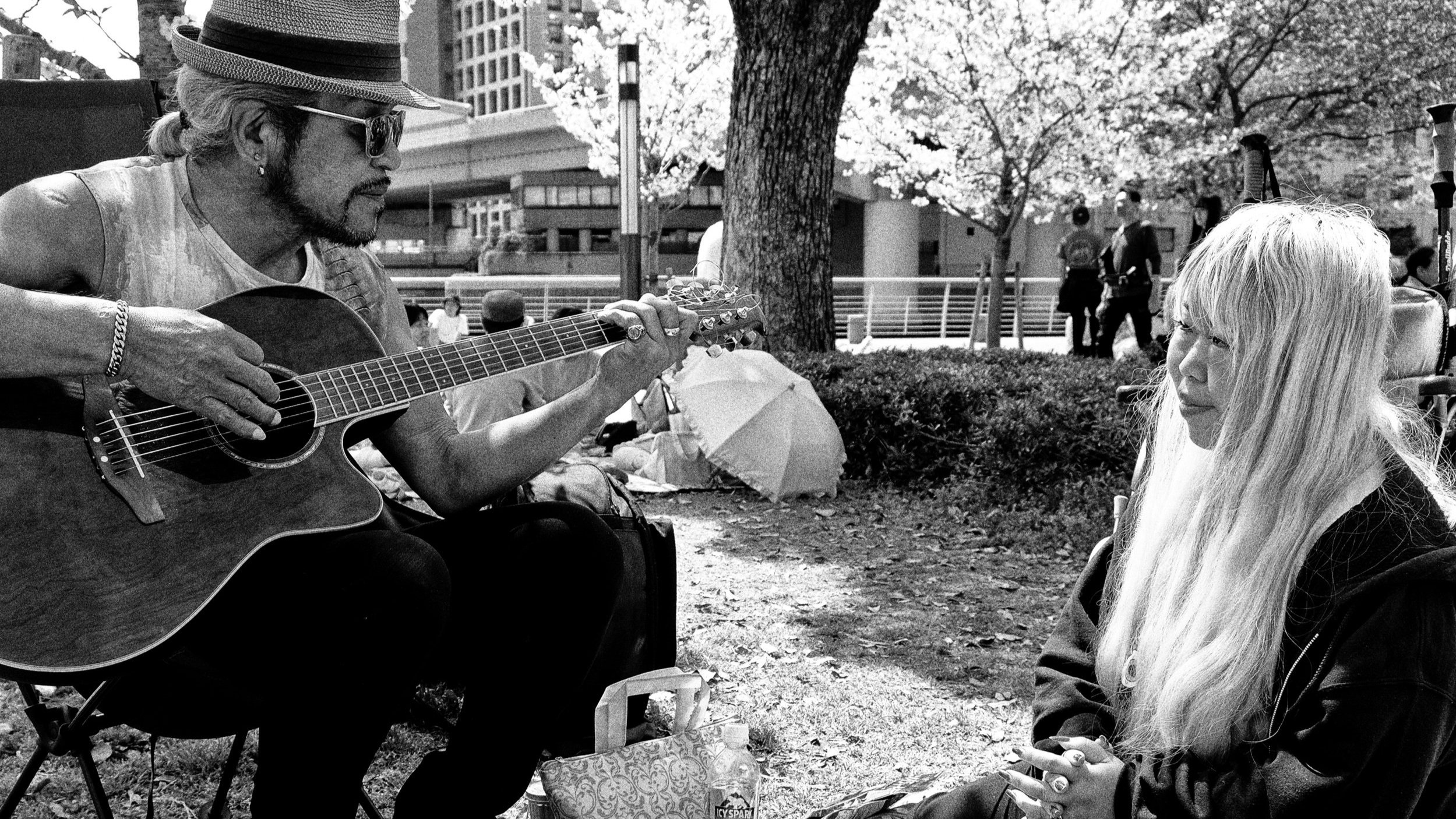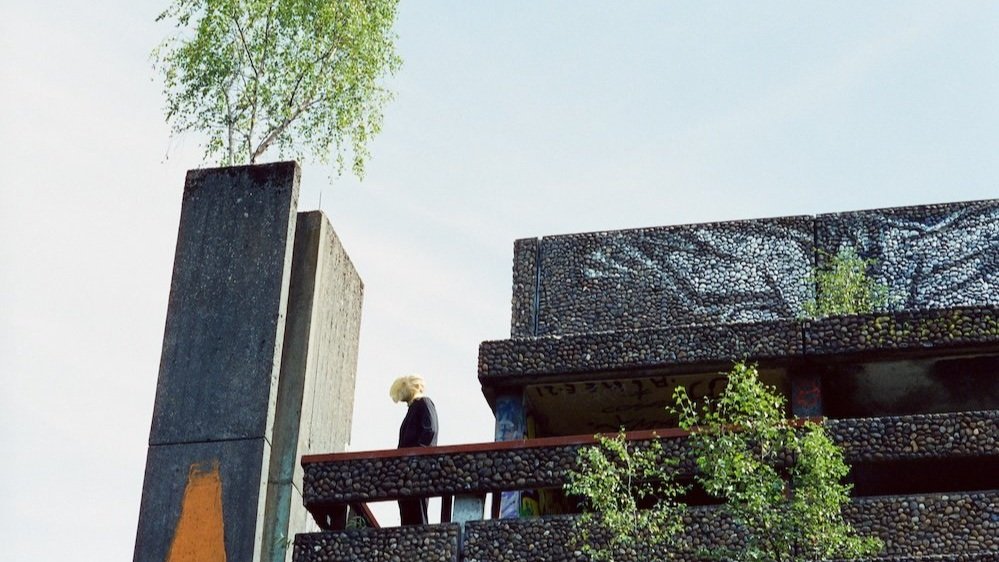Punk, Protest, and Photography: How Martin Styblo Captures the Spirit of Cologne’s Ghost Parade
Welcome to another captivating photo essay, this time by Martin Styblo. We'd love to hear your thoughts. Feel free to comment below and, if you're interested, share your photo essay with us. Your perspectives add valuable dimensions to our collective exploration.
The Ghost Parade is not just a spectacle, it’s a statement.
Every year, masked figures take over the streets of Cologne, marching without cars, without electronic music, just drums, voices, and raw energy. It’s a mix of protest, tradition, and underground culture, a place where politics and art collide in the night. For photographer Martin Styblo, this event is a reflection of everything he stands for.
Styblo comes from the punk scene of the 70s, a time when creativity was about breaking rules, not following trends. His black-and-white, grain-heavy photos carry that same DIY spirit, capturing the chaos and soul of the Ghost Parade with raw intensity. He doesn’t chase perfect shots; he dives into the crowd, getting close, feeling the moment, and shooting what’s real. Losing 40 years of his work in a flood forced him to start over, but it didn’t change his approach, it made it stronger.
Now, with only the present in front of him, Styblo focuses on what matters: documenting the untamed, the unpolished, and the unforgettable.
GHOST PARADE (February 2025)
Ghost parades have been part of the Cologne Carnival since 1860, but they were banned during the First World War. When the Cologne Rose Monday parade was cancelled in 1991 due to the Second Gulf War, an anti-Gulf War demonstration was to take place on the usual route of the Rose Monday parade.
In the end, anti-war demonstrators and carnivalists marched together through Cologne city center. In the ghost parade, anyone can spontaneously and without prior registration parade through the streets as a ghost or dark figure.
The parade route changes every year and is deliberately laid out so that vehicles cannot take part; electric music is also not permitted. Every year the parade has a motto that is usually inspired by current political events.
You mentioned coming from the 70s punk scene—how does your punk background influence your photographic style, particularly in your documentation of events like the Ghost Parade?
The 70s punk scene in Cologne was full of creativity, self-taught and DIY thinking. Cologne was the center of the art scene in Europe in the 70s/80s. The clubs were full of punks, artists, actors, writers, musicians, hippies, etc. People copied, tried things out, experimented and of course consumed all sorts of things.
I often had my camera with me and documented everything, just for myself. It was a Praktika Super TL camera that my father had bought and then gave to me. I had little idea how the thing worked, and neither did my father. I had it explained to me briefly in the camera shop. There was no internet back then, you had to discover everything yourself. So just put the film in the camera and go.
I had the films (Kodak Tri-X 400) developed in the photo lab and ordered a contact print to go with them. I had little money at the time and never had prints made because they were too expensive. I only had the contact prints and enjoyed them at home. If one of my friends wanted a picture, he had to order a print from the lab himself using my negative.
Then I started developing them myself and making prints.
By using the developer incorrectly in the darkroom, interesting looks came out, high contrast and lots of grain. I liked that and it suited punk. So the past naturally flows into the style of my Ghost Parade pictures.
What draws you personally to photographing the Ghost Parade, and how does the parade’s political nature intersect with your approach to street photography?
The punk idea has always been political, for the underdogs and against the establishment. Night, dark mood, creative masks, mixed audience and peaceful anarchy. All of this takes place on the street, which is the connection to street photography, although I never saw myself as a street photographer, more as a scene photographer or documentary photographer (if there is any difference at all).
Having lost decades of your photographic work due to a flood, how did this loss affect your perspective as a photographer, and has it changed how you approach your current projects?
The loss was of course a shock at first, I had always intended to digitize all analogue work but kept putting it off.
Be careful children: procrastination can be destructive, ha ha.
You have to imagine that all the negatives, prints and hard drives were lying under about a meter of mud, it was pointless to try to save anything. In another way, however, it is also a kind of liberation or catharsis. You have to start again, without the burden of the past, with a fresh mind.
There is something positive about that too.
Your images from the Ghost Parade are described as black and white, grainy, and raw. What mood or emotional response are you aiming to evoke in viewers through this particular aesthetic choice?
The viewer should be challenged to see a different aesthetic than what is known from the smooth and boring Instagram world. To experience the beauty in the ugly, to reflect, to wake up. The ghost world is gloomy, dark, scary, blurry but also interesting.
The Ghost Parade deliberately excludes vehicles and electronic music. How do these restrictions shape the visual stories you’re able to tell, and does this affect your photographic approach or choice of subjects?
Yes, that's great, no electronics, just people with drums and acoustic instruments. You're in the crowd and everyone is talking, singing, drinking, having fun and walking through the city. That's why I chose a 28mm lens, you have to get right in the center of the crowd, very close to the people. Conversations develop and a direct dynamic develops between the people being photographed and the photographer.
You don't experience that often. It's challenging.
For the Ghost Parade he used a 28mm 1.4 lens and a NIKON Z5 in available light.
The editing was done in Photoshop and Silver Efex and is black and white, grainy, raw and in your face.















